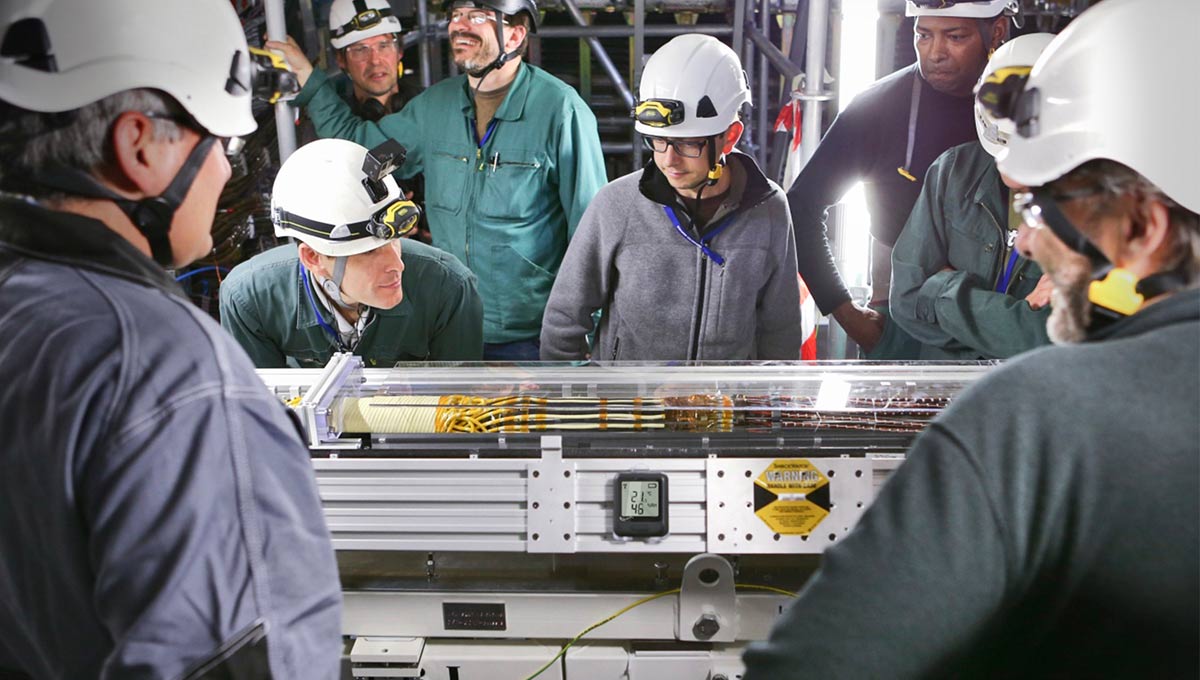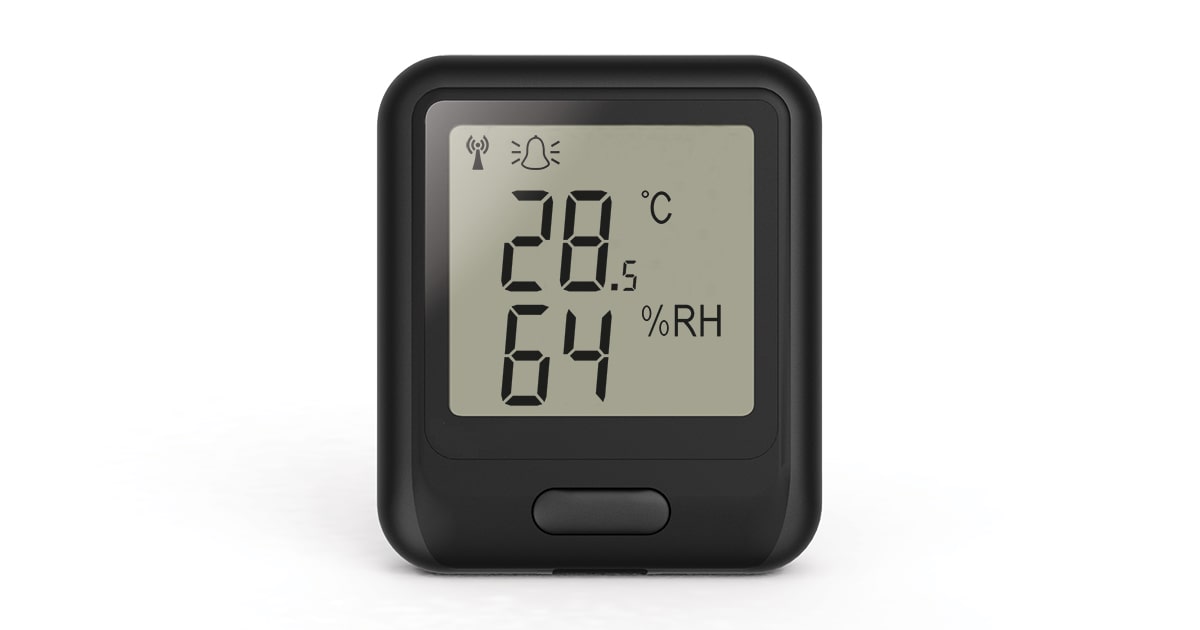Temperature and Humidity Monitoring at CERN
EL-WiFi sensors at the LHC
At CERN, the European Organization for Nuclear Research, physicists and engineers are probing the fundamental structure of the universe. They use the world’s largest and most complex scientific instruments to study the basic constituents of matter – the fundamental particles. The instruments used at CERN are purpose-built particle accelerators and detectors.
The Challenge
The team at CERN were in the process of constructing a new Insertable B Layer (IBL) for the ATLAS detector of the Large Hadron Collider. Once the device was complete, the IBL would need to be transported from the build area, lowered down a shaft to the tunnel and installed into ATLAS; all while keeping the humidity below 10% due to the exposed aluminum wire bonds being very sensitive to moisture.
The team required real-time remote humidity monitoring within the IBL casing throughout, with the ability to trigger alarms.
The Solution
Joseph M. Izen, Professor of Physics at the University of Texas at Dallas and CERN Scientific Associate at the time, contacted the Lascar Electronics team with the task of providing a solution to measure the humidity of the IBL during its transportation.
The EL-WiFi-TH+ sensors coupled with the EasyLog Cloud, were the perfect answer to the challenge Professor Izen and the IBL team were facing. Continually measured temperature and humidity, readings logged by EasyLog EL-WiFi sensors are universally accessible from any internet enabled device through the EasyLog Cloud.
Each EL-WiFi-TH+ sensor communicates via an existing WiFi connection, updating the data automatically to the Cloud periodically, providing maximum simplicity to the data gathering process.

A Clever Twist
The area between the build zone and the final location in the shaft, or in the shaft itself, did not provide an existing WiFi infrastructure, so the EasyLog sensors were used in conjunction with a small 3G mobile router. Each EL-WiFi-TH+ unit was modified to have external sensors which were placed inside the IBL, with the main unit mounted on the outside.
Professor Izen’s team easily configured the sensors to take readings every minute, to transmit directly to the EasyLog Cloud every five minutes, and to send email alerts to key personnel if any sensor measured over the critical 10% humidity.
The large, passive LCD displays were popular with the engineers as they could be easily read at a distance, even in daylight. Once the move had successfully been completed, Professor Izen said “Thank you on behalf of ATLAS for all the help and support you provided. It was a pleasure to work with you”.

The Benefit
Using the EasyLog wireless data collection and monitoring solution allowed the IBL team to monitor and protect their invaluable device from corrosion from condensation, and to keep the device under constant surveillance during its final check-out, during transport, and finally in the ATLAS cavern as the team prepared for its final integration into the center of ATLAS.
Thanks to the EL-WiFi-TH+ sensors, the team caught a humidity rise during IBL checkout when their dry nitrogen supply unexpectedly emptied.
After IBL insertion, the ATLAS team re-purposed the EL-WiFi-TH+ sensors to assure low humidity in ATLAS Inner Detector environment as its cooling system was recommissioned.
While the IBL was in transport, Lascar’s EL-WiFi-TH+ sensors were the only way the IBL was being monitored and they were flawless.
Joseph M. Izen, Professor of Physics, University of Texas at Dallas and CERN Scientific Associate



